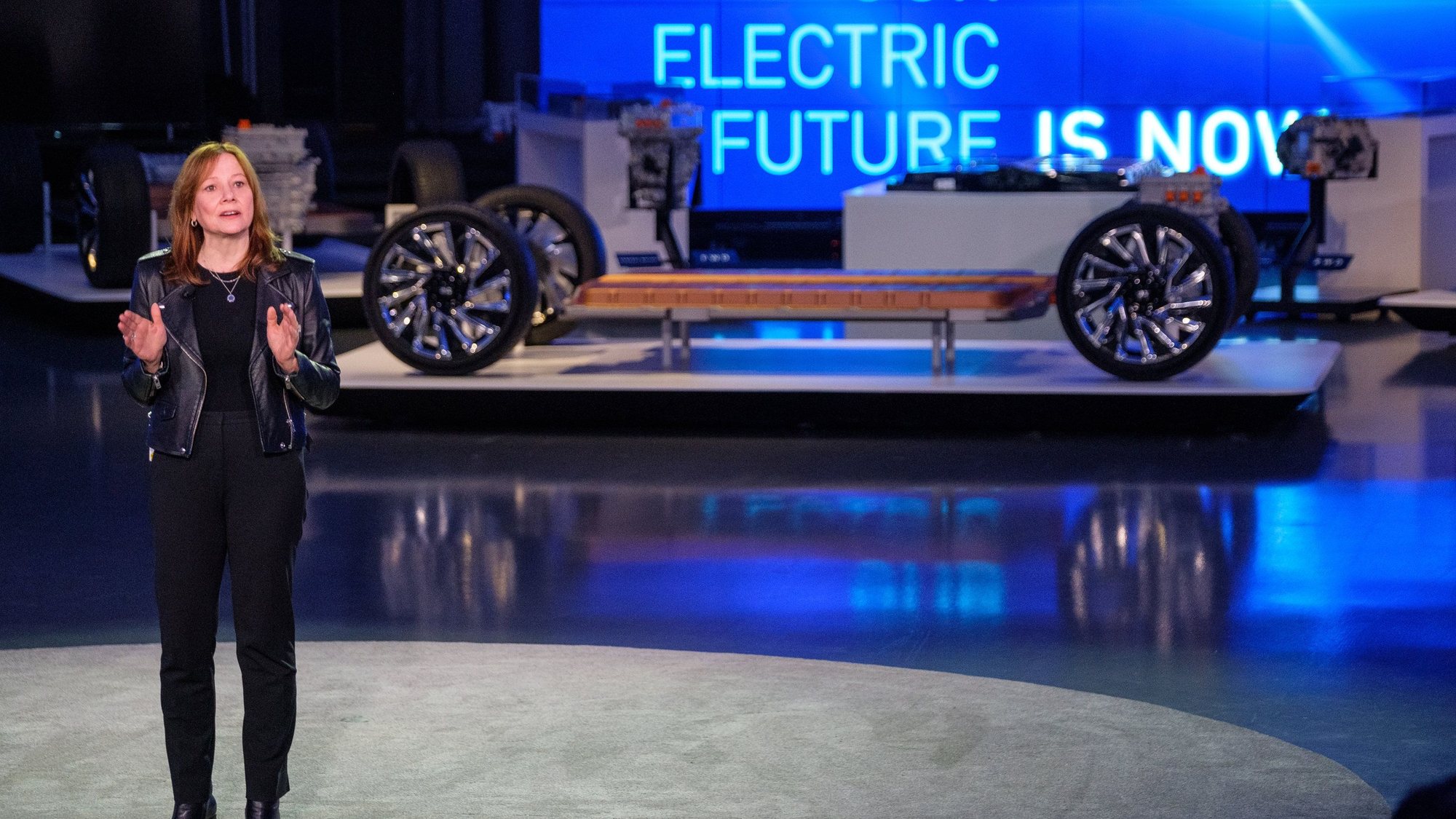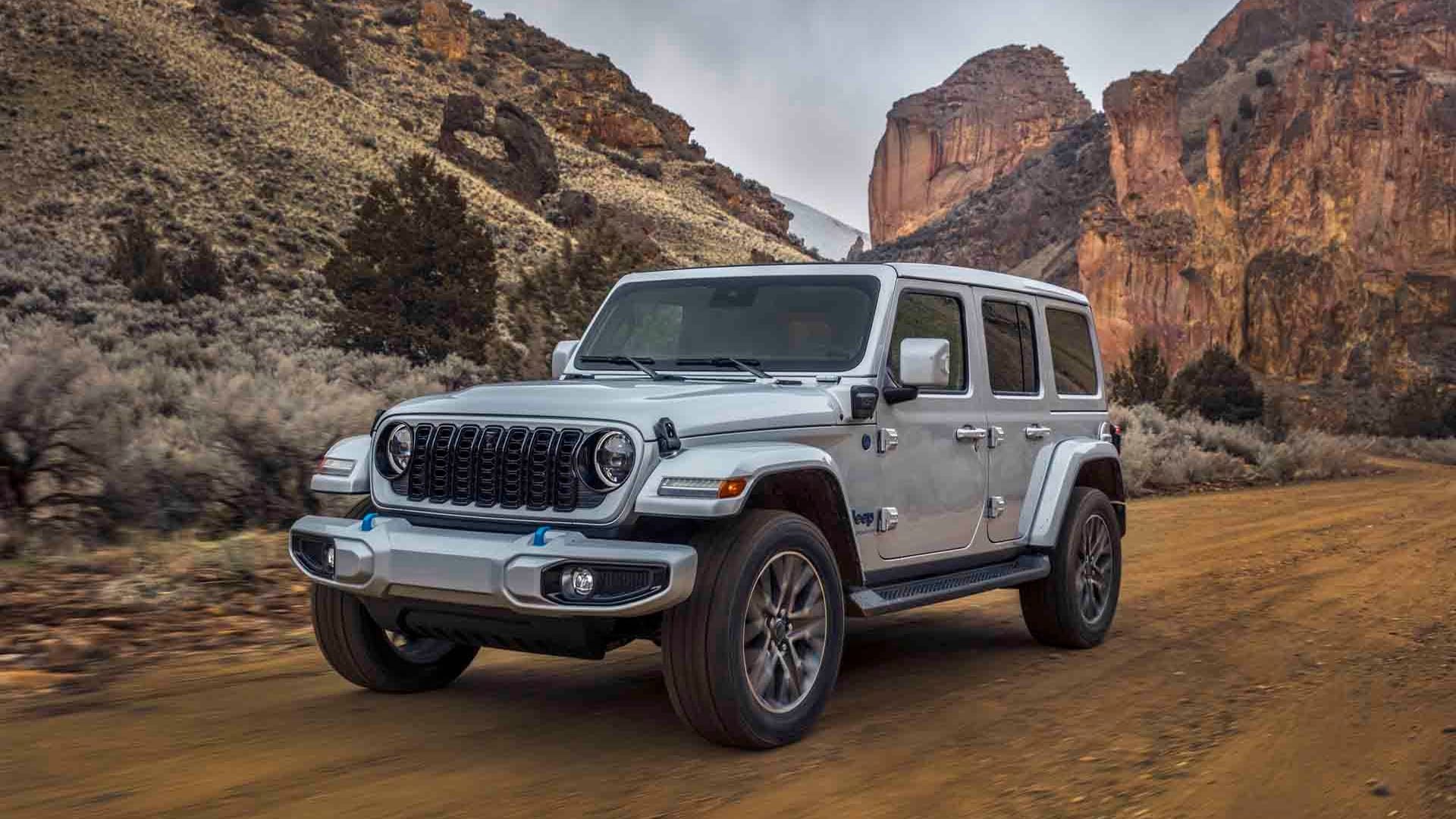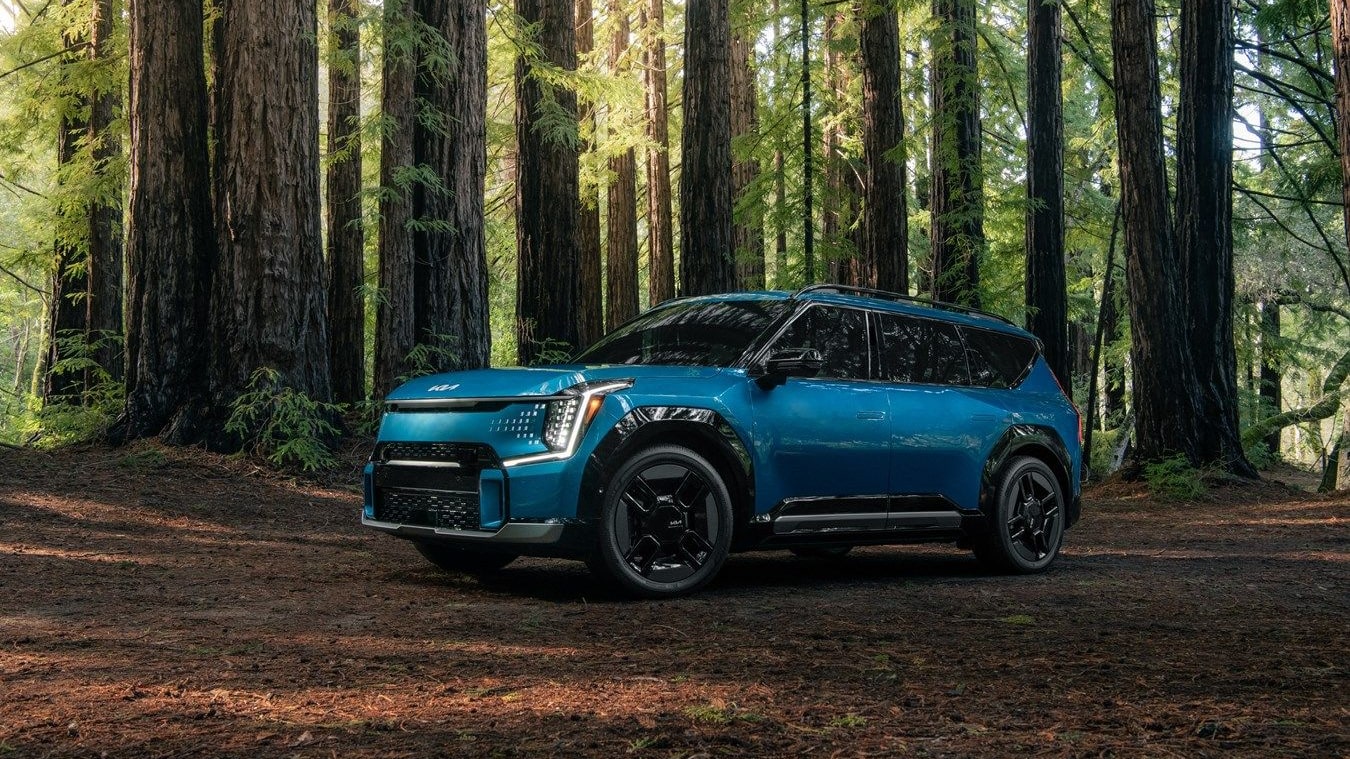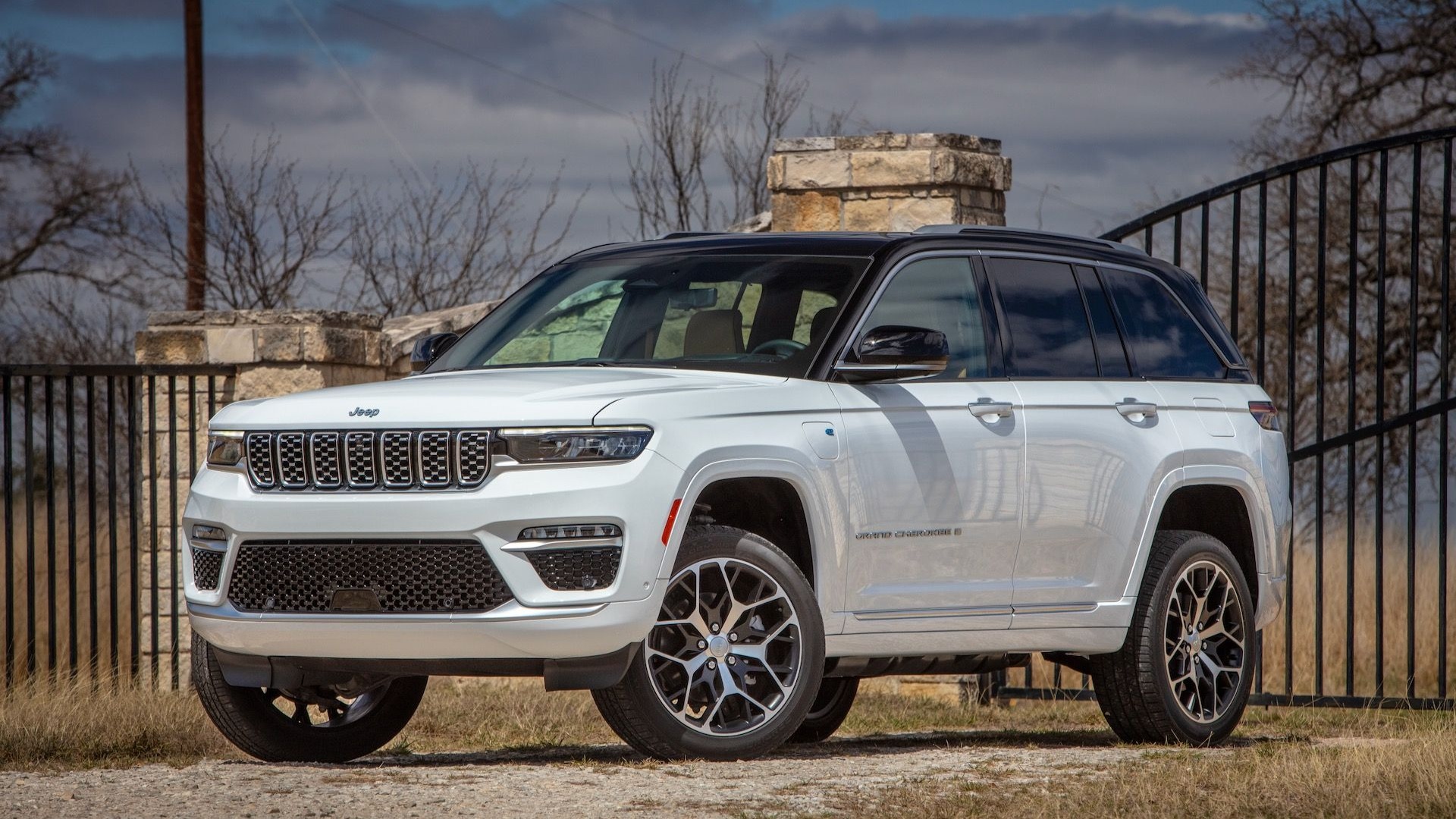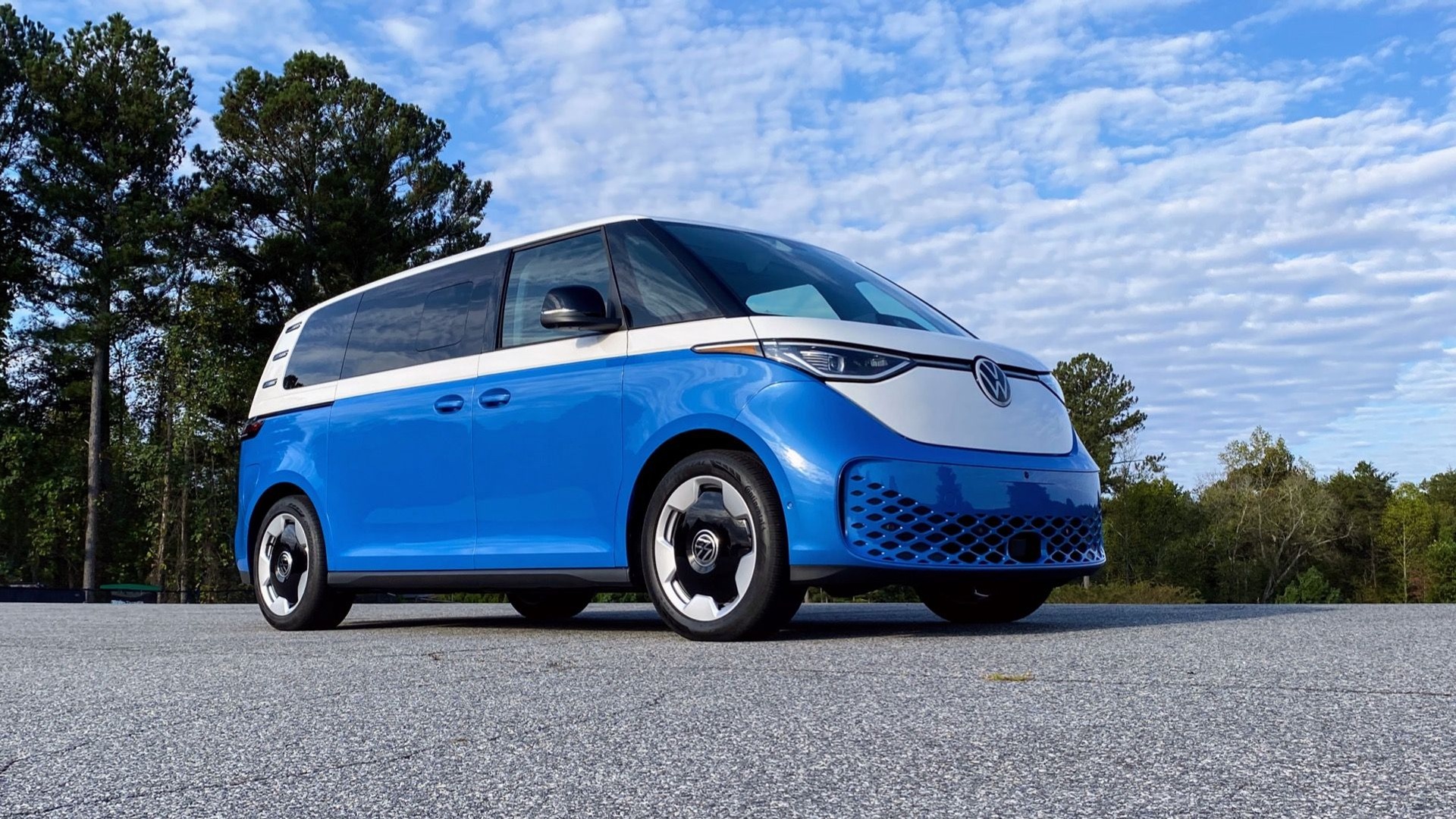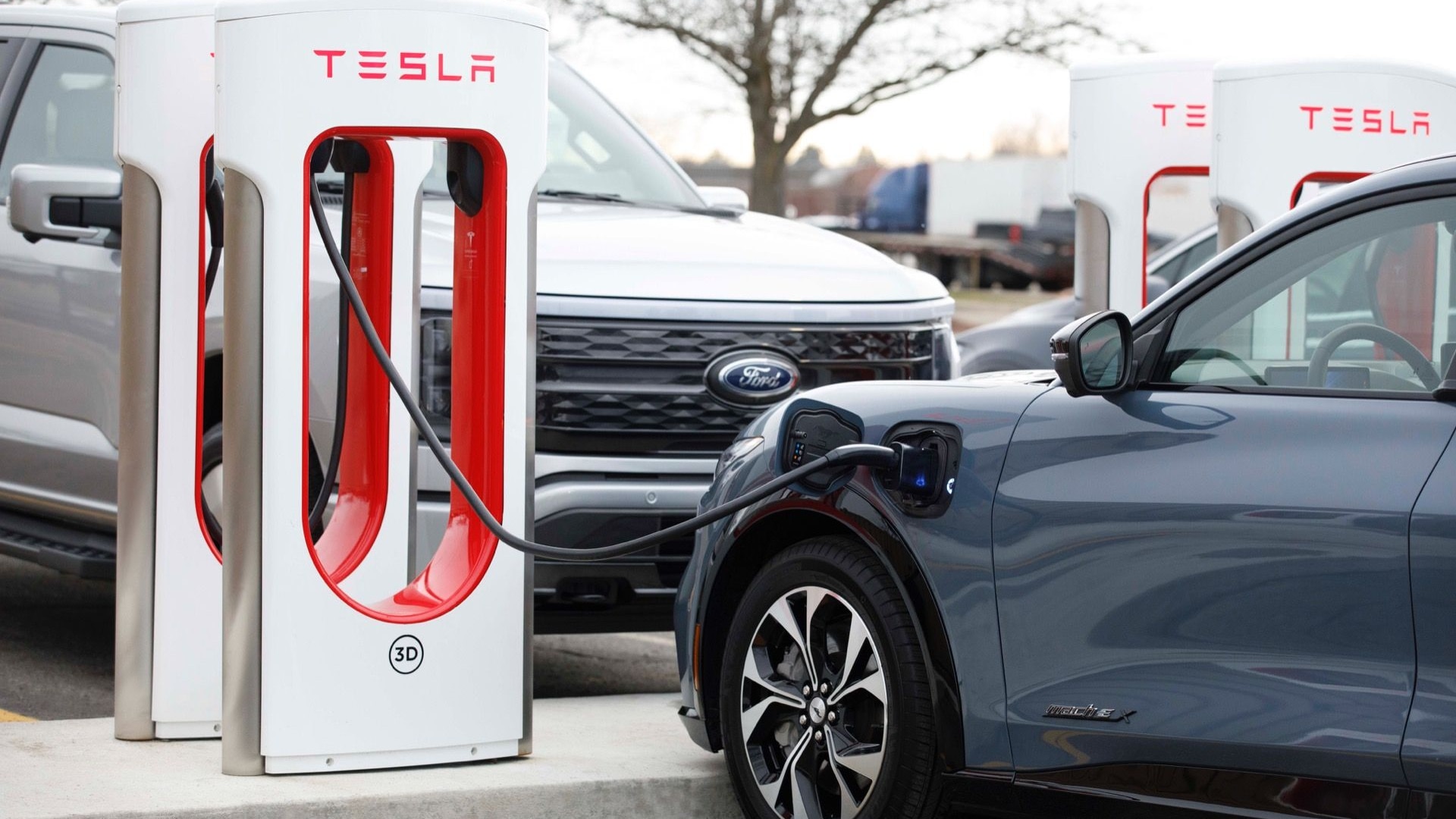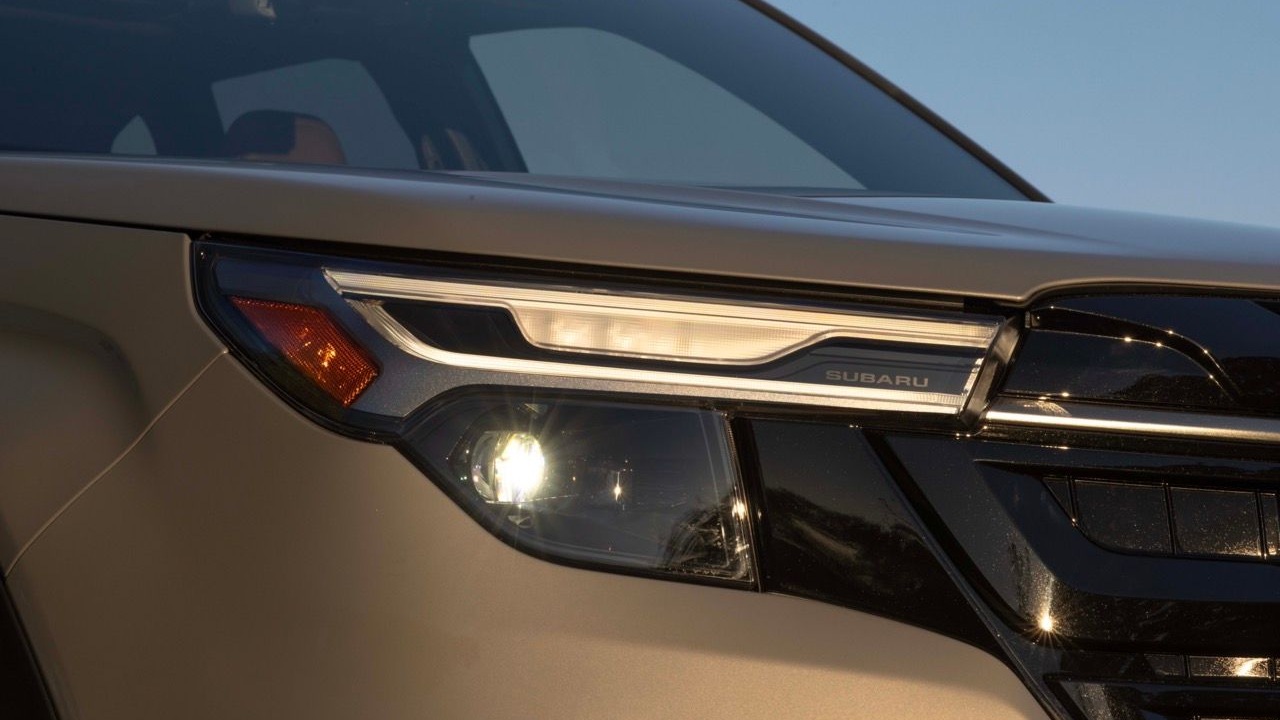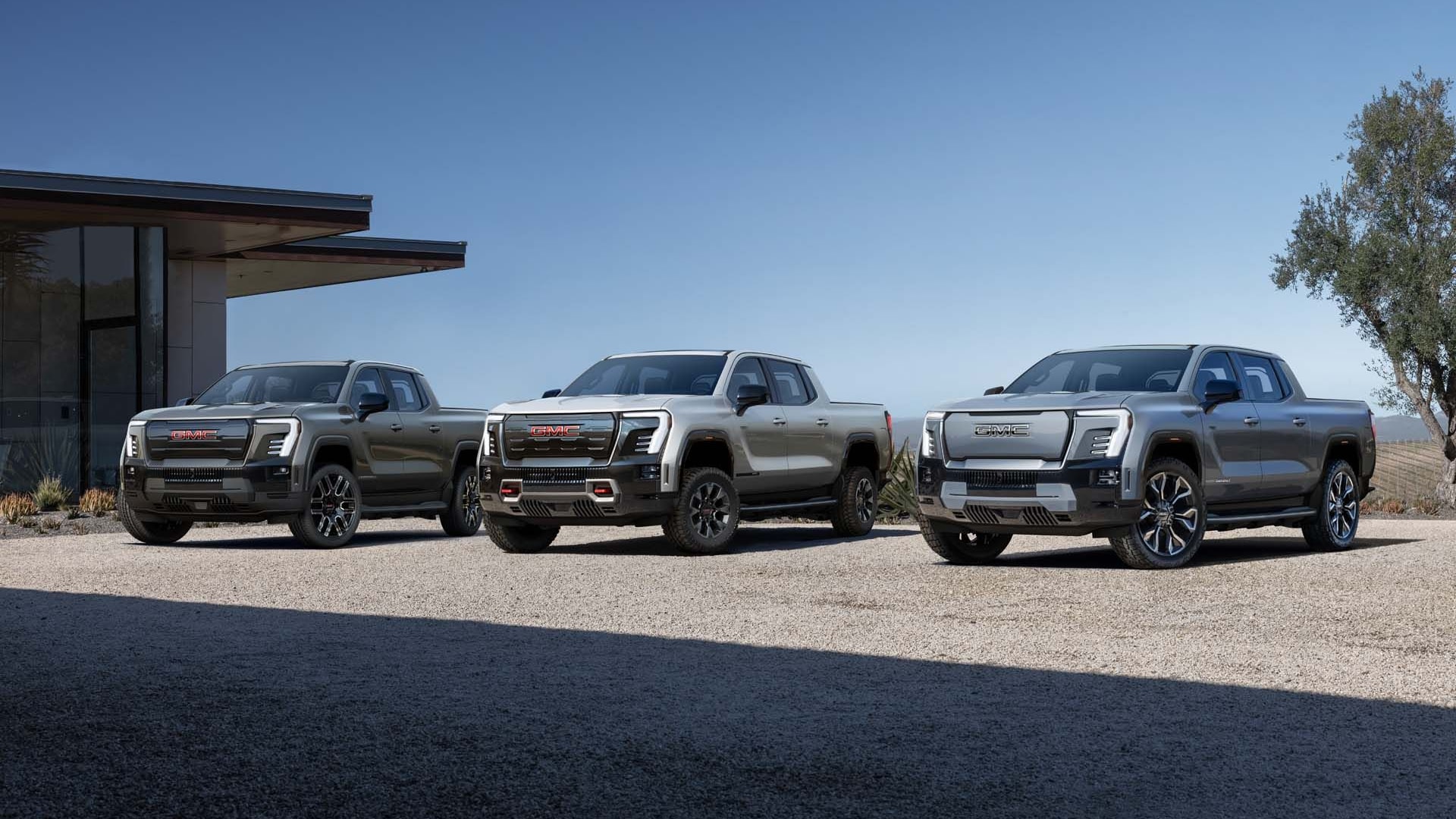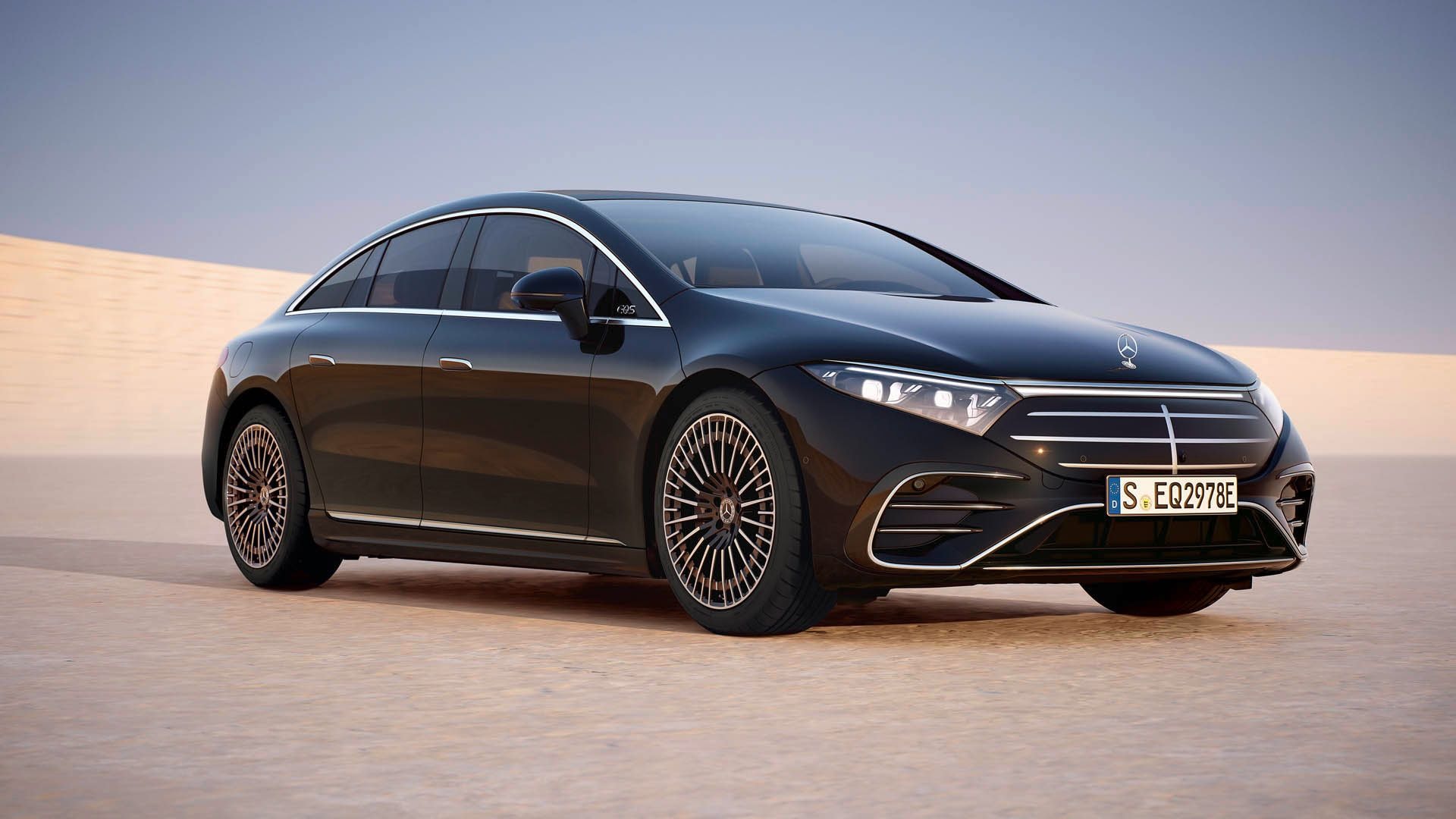Even cops can benefit from good gas mileage.
Ford is adding its 2.0-liter EcoBoost turbocharged four-cylinder gasoline engine to a "special service police" sedan that, the company says, will achieve best-in-class fuel economy.
That is, as long as the police don't need to chase down potential perps: the 2.0-liter EcoBoost version of the Ford Police Interceptor (known the Taurus to civilians) will not be pursuit-rated.
EPA ratings for the new engine won't be available until December, but Ford expects a rating of 23 mpg combined (20 mpg city, 30 mpg highway).
A non-police Taurus equipped with the 2.0-liter EcoBoost and standard six-speed automatic transmission is rated at 26 mpg combined (22 mpg city, 32 mpg highway).
The 2.0-liter EcoBoost produces 240 horsepower and 270 pound-feet of torque in both police and civilian specification.

2014 Ford Special Service Police sedan
The V-6 police cars are offered with front-wheel drive or all-wheel drive; Ford did not specify whether all-wheel drive will be available on the 2.0-liter EcoBoost sedan.
Ford says the smaller engine will save police departments $5,040 in fuel costs over three years, assuming 30,000 miles driven each year (often common for police fleet cars) and gas prices of $3.65 a gallon.
However, Ford's four-cylinder cruiser won't have to work all that hard to win the title of most fuel-efficient police car on sale.
The Ford's main competitors, the Chevrolet Caprice Police Pursuit Vehicle and Dodge Charger Pursuit, use large-displacement naturally-aspirated V-6 and V-8 engines.
In its press materials, Ford compares the 2.0-liter EcoBoost sedan to the Crown Victoria, long a favorite of police and the car the Taurus-based Police Interceptor replaced.
With a 4.6-liter V-8 under the hood, the Crown Vic was rated at a dismal 17 mpg combined (14 mpg city, 21 mpg highway).
_______________________________________________
